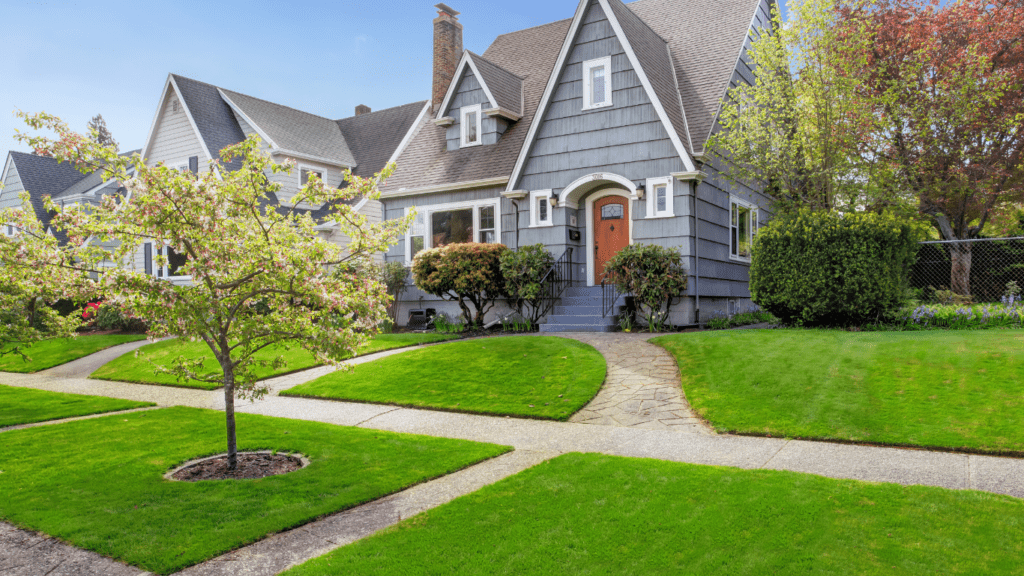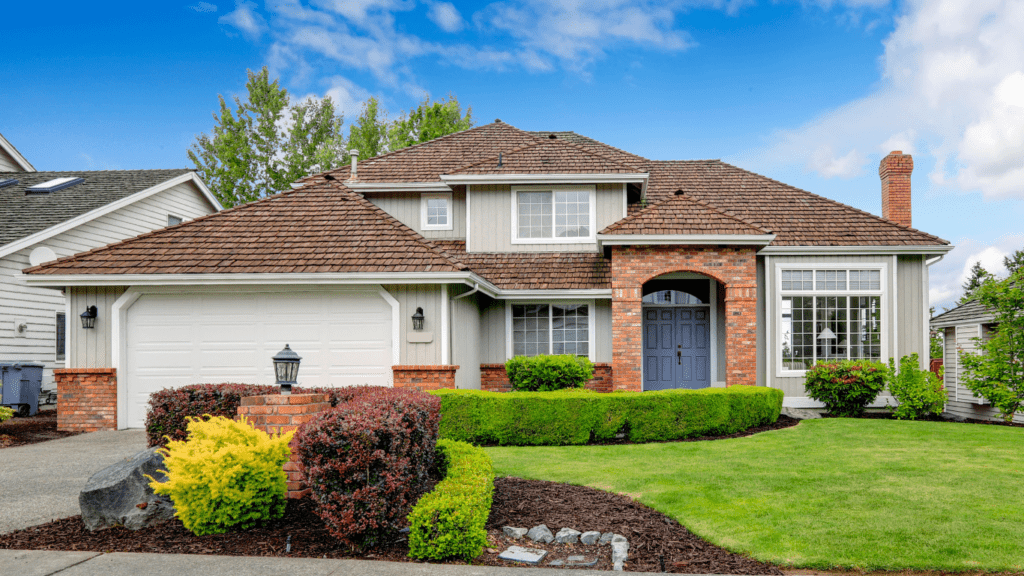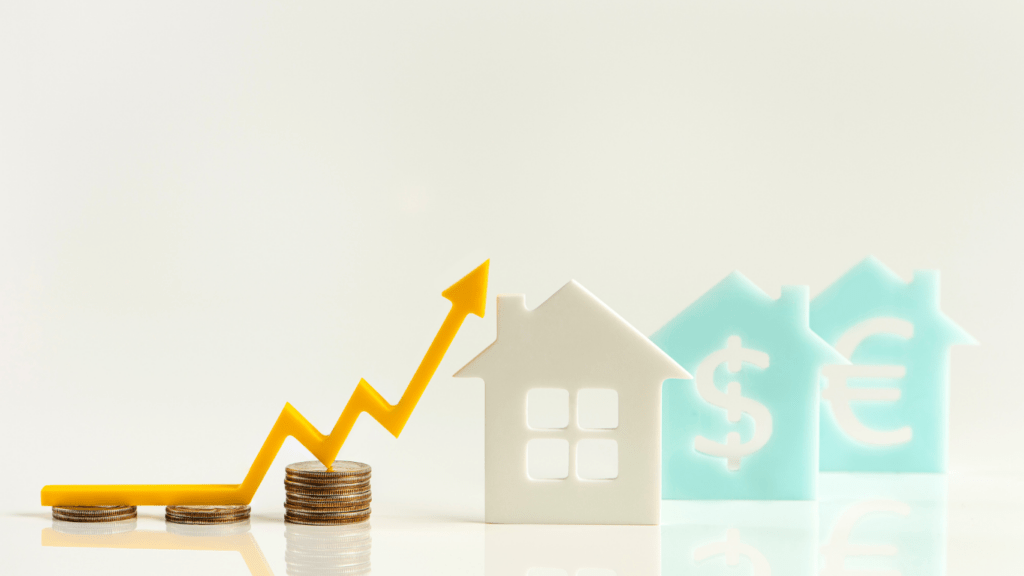Understanding Curb Appeal
Curb appeal refers to the visual attractiveness of a property’s exterior when viewed from the street. It encompasses elements like landscaping, exterior paint, the condition of the roof, and the overall presentation of the front yard. These features determine a potential buyer’s first impression and set the tone for how the property is perceived.
I’ve found that curb appeal works as a silent salesperson for any property. Properties with inviting exteriors often generate more interest, leading to higher foot traffic and increased potential offers. Key aspects include cleanliness, design consistency, and maintaining functional elements like pathways or lighting.
According to a report from the National Association of Realtors (NAR), 94% of homeowners believe great curb appeal contributes to their home’s marketability. A neat lawn, trimmed shrubs, and freshly painted entryways often give properties a competitive edge in the housing market.
How Curb Appeal Influences Property Value
Curb appeal directly impacts how buyers perceive and evaluate a property. It combines aesthetics and functionality, creating lasting impressions that affect emotional decisions and market positioning.
First Impressions and Buyer Perception
A home’s exterior forms the basis of a buyer’s first impression.
- Attractive curb appeal encourages potential buyers to explore further while poor upkeep can deter interest.
- Features like freshly painted trims, well-maintained lawns, and clean walkways immediately signal care and investment.
- According to the National Association of Realtors (NAR), 76% of buyers consider curb appeal a key factor when deciding to enter a property.
Emotional Connection to a Property
Visual appeal creates an emotional bond between buyers and properties. Thoughtfully landscaped gardens, inviting porches, and coordinated color palettes evoke feelings of comfort and pride. Buyers are more likely to envision themselves living in a property that feels welcoming and well-maintained. This emotional resonance often translates into stronger offers and shorter time on the market.
Market Comparisons and Pricing Advantages
Properties with superior curb appeal tend to stand out in competitive markets. Homes featuring enhancements like modernized facades or elegant entryways command higher listing prices. A study by Remodeling Magazine notes that minor exterior improvements, such as adding a stone veneer or replacing garage doors, yield returns of up to 94% on investment. This advantage positions properties as premium options among similar listings.
Key Elements of Effective Curb Appeal
Drawing attention to specific exterior features maximizes curb appeal’s impact while enhancing the property’s overall value. Here’s how various elements contribute to an attractive home exterior.
Landscaping and Lawn Maintenance
Neatly trimmed grass, healthy trees, and vibrant flower beds transform a home’s exterior into a welcoming space. Simple improvements like planting perennials or adding mulch around trees create a cared-for appearance. Removing weeds and keeping edges clean also ensures landscapes look pristine. The American Society of Landscape Architects suggests that homeowners can see a 15-20% value increase with well-executed landscaping.
Exterior Paint and Condition
Fresh, clean paint gives a home a polished, inviting appearance. Neutral tones, such as beige or light gray, often appeal to a wider audience, making the property more marketable. Ensuring the exterior is free from chipping, peeling, or fading prevents a neglected impression. For homes with siding, power washing can rejuvenate its look without requiring a full repaint.
Driveway and Walkway Appeal
Smooth, crack-free surfaces for driveways and walkways enhance functionality and visual appeal. Clear pathways with defined borders create a tidy impression. Adding decorative elements, like stamped concrete or stone accents, modernizes outdoor spaces. Keeping these areas clean and debris-free ensures high curb appeal for potential buyers.
Lighting and Fixtures
Warm, functional lighting highlights key features while improving safety.
- Installing fixtures around entryways, gardens, or pathways creates an inviting look during evening hours.
- Regularly updating fixtures and ensuring bulbs match the desired ambiance maintain a modern and cohesive appearance.
- Solar lighting options serve as energy-efficient solutions for outdoor spaces.
Tips to Enhance Curb Appeal

Improving curb appeal can transform a property’s exterior and make a lasting impression. By implementing strategic changes, it’s possible to boost both aesthetic appeal and property value effectively.
Budget-Friendly Improvements
Simple, cost-effective updates can instantly lift curb appeal without requiring major investments. Adding potted plants, updating house numbers, or installing a new mailbox creates visual interest. A fresh coat of paint on the front door or shutters adds vibrancy. Regular tasks like power washing walkways and cleaning windows enhance cleanliness and charm. Switching outdated light fixtures to modern designs improves functionality and visual impact. These upgrades, when done strategically, offer high returns while staying within budget.
Seasonal Considerations
Adjusting curb appeal for each season maintains the property’s attractiveness year-round. In spring and summer, planting colorful flowers or maintaining a lush lawn elevates curb aesthetics. During fall, incorporating seasonal decor like wreaths or pumpkins enhances warmth. Clearing leaves or debris emphasizes tidiness. In winter, stringing subtle holiday lights or maintaining a shoveled driveway ensures easy navigation and appeal. Seasonal adjustments keep the exterior aligned with shifting buyer expectations and weather conditions.
Professional Services vs DIY Efforts
Both professional services and DIY options provide opportunities to boost curb appeal. Hiring landscapers ensures precise lawn care and elegant garden design. Painters or pressure-washing companies deliver polished, professional results. Utilizing professional stagers enhances exterior presentation during sales. On the other hand, DIY efforts, such as planting flowers, repainting a door, or resealing a driveway, allow for cost savings and personal customization. Analyzing project scope and skill determines the balance between professional help and self-driven approaches.




